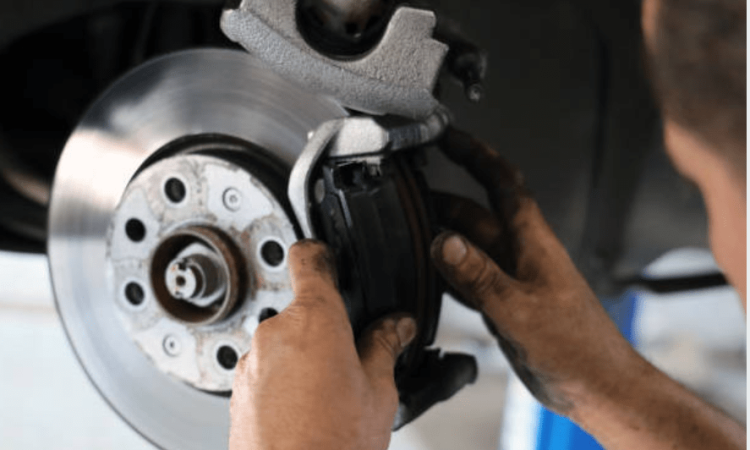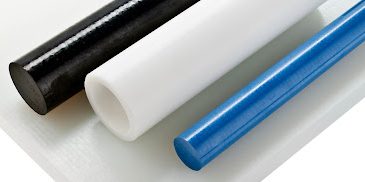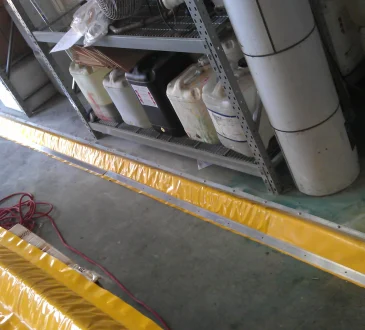
A Power Take-Off (PTO) clutch is a crucial component in various machinery, providing the necessary power transfer from an engine to auxiliary equipment. Understanding the different types of PTO clutches, their symptoms when they malfunction, and the maintenance tips to keep them in optimal condition is essential for anyone working with or owning equipment like tractors, trucks, and other heavy machinery. This guide delves into the types of PTO clutches, their common issues, and effective maintenance practices, with a focus on the PTO clutch from WPT Power.
Understanding PTO Clutch Types
PTO clutches can be categorized based on their design and functionality. The most common types include mechanical clutches, hydraulic clutches, and electromagnetic clutches. Each type has its unique characteristics and applications.
Mechanical clutches are the traditional form of PTO clutches, relying on friction between components to engage and disengage the power transfer. They are known for their simplicity and durability, making them a popular choice for many agricultural and industrial applications. However, mechanical clutches can experience wear over time, affecting their performance.
Hydraulic clutches use hydraulic pressure to engage and disengage the PTO. This type of clutch offers smoother operation and requires less manual intervention compared to mechanical clutches. They are often found in modern machinery where precise control is essential. However, hydraulic systems can be more complex and may require regular maintenance to prevent leaks and ensure optimal performance.
Electromagnetic clutches utilize an electrical current to create a magnetic field, engaging the clutch when needed. These clutches are widely used in applications where immediate engagement is necessary, such as in some automotive and industrial machinery. While they offer rapid response times, electromagnetic clutches can be sensitive to electrical issues and may require regular inspection to maintain their functionality.
WPT Power offers a range of PTO clutches designed to suit various applications, ensuring reliable power transfer for different machinery types. Understanding the types of PTO clutches available is vital for selecting the right one for your specific needs.
Identifying Symptoms of PTO Clutch Problems
Recognizing the symptoms of a failing PTO clutch is crucial for preventing further damage to your machinery. Some common signs of issues with the PTO clutch include unusual noises, difficulty in engagement or disengagement, and overheating.
Unusual noises, such as grinding, rattling, or squealing, often indicate wear and tear on the clutch components. These sounds can signal that the friction material is wearing out or that there are misalignments in the clutch assembly. If you hear such noises while operating machinery, it’s essential to inspect the PTO clutch immediately to prevent further damage.
Difficulty in engagement or disengagement is another common symptom. If the clutch does not engage smoothly or requires excessive force to disengage, it may be a sign of internal wear or hydraulic issues, depending on the clutch type. Such problems can affect the overall efficiency of the machinery and lead to potential breakdowns.
Overheating is a critical sign of PTO clutch problems. If the clutch becomes excessively hot during operation, it can indicate that the friction materials are failing or that there is insufficient lubrication in the system. Overheating can lead to severe damage, necessitating immediate attention to prevent costly repairs.
If any of these symptoms occur, it is vital to address them promptly. Regular inspections and maintenance can help identify potential issues early, ensuring the PTO clutch operates efficiently and extends its lifespan.
Maintenance Tips for Your PTO Clutch
Proper maintenance is essential for ensuring the longevity and performance of your PTO clutch. Regular inspection and upkeep can prevent issues and enhance the efficiency of your machinery. Here are some maintenance tips for keeping your PTO clutch from WPT Power in optimal condition.
Regularly checking the fluid levels in hydraulic clutches is essential. Low fluid levels can lead to inadequate pressure, affecting the clutch’s ability to engage and disengage smoothly. If you notice that the fluid level is low, top it up with the recommended hydraulic fluid immediately. Additionally, check for any leaks in the hydraulic lines, as these can lead to significant issues if not addressed.
For mechanical clutches, inspecting the friction materials for wear is crucial. Over time, the friction material can degrade, affecting the clutch’s performance. If the material appears worn or damaged, it should be replaced promptly to avoid further complications. Regularly checking the alignment of the clutch components can also prevent unnecessary wear and ensure smooth operation.
Another essential maintenance tip is to keep the PTO clutch clean. Dirt and debris can accumulate around the clutch assembly, potentially causing overheating and premature wear. Regularly cleaning the area around the clutch will help maintain optimal performance.
Finally, refer to the manufacturer’s guidelines for specific maintenance recommendations for your PTO clutch model. Following these guidelines will help ensure that your PTO clutch operates smoothly and efficiently for years to come. WPT Power provides detailed manuals and support for their PTO clutch products, making it easier for users to maintain their equipment properly.
Understanding the types of PTO clutches, recognizing their symptoms when problems arise, and adhering to effective maintenance practices can significantly enhance the performance and lifespan of your machinery. By prioritizing the care of your PTO clutch, particularly the PTO clutch from WPT Power, you can ensure that your equipment remains reliable and efficient, reducing downtime and increasing productivity.




